Summary
- The Big 3, including One Piece, Naruto, and Bleach, were iconic classics that popularized anime worldwide.
- The concept of a new Big 3 in modern anime culture is debated due to the abundance of high-quality shows.
- The Big 3 classification is more about popularity than quality, representing a nostalgic era in anime history.
Anime, in the last 30 or so years, has grown to immense levels of popularity, going from a niche hobby to a country-wide phenomenon. While there are plenty of reasons why this happened, it seems unlikely that something like this would have happened without the help of the Anime Big 3: One Piece, Naruto, and Bleach. These anime have forever changed the landscape of the anime world, as well as how other cultures view the genre itself.
While these three battle shōnen anime aren’t the only popular anime around nowadays, the concept of the Big 3 still lives on in future generations. Shows like Jujutsu Kaisen, Dandadan, and many more are touted as new members of the Big 3, or as a new generation replacing shows like One Piece. However, does anime truly need a Big 3 of Anime classification to compare everything to, or is this sort of thing an outdated concept that can no longer work in anime?
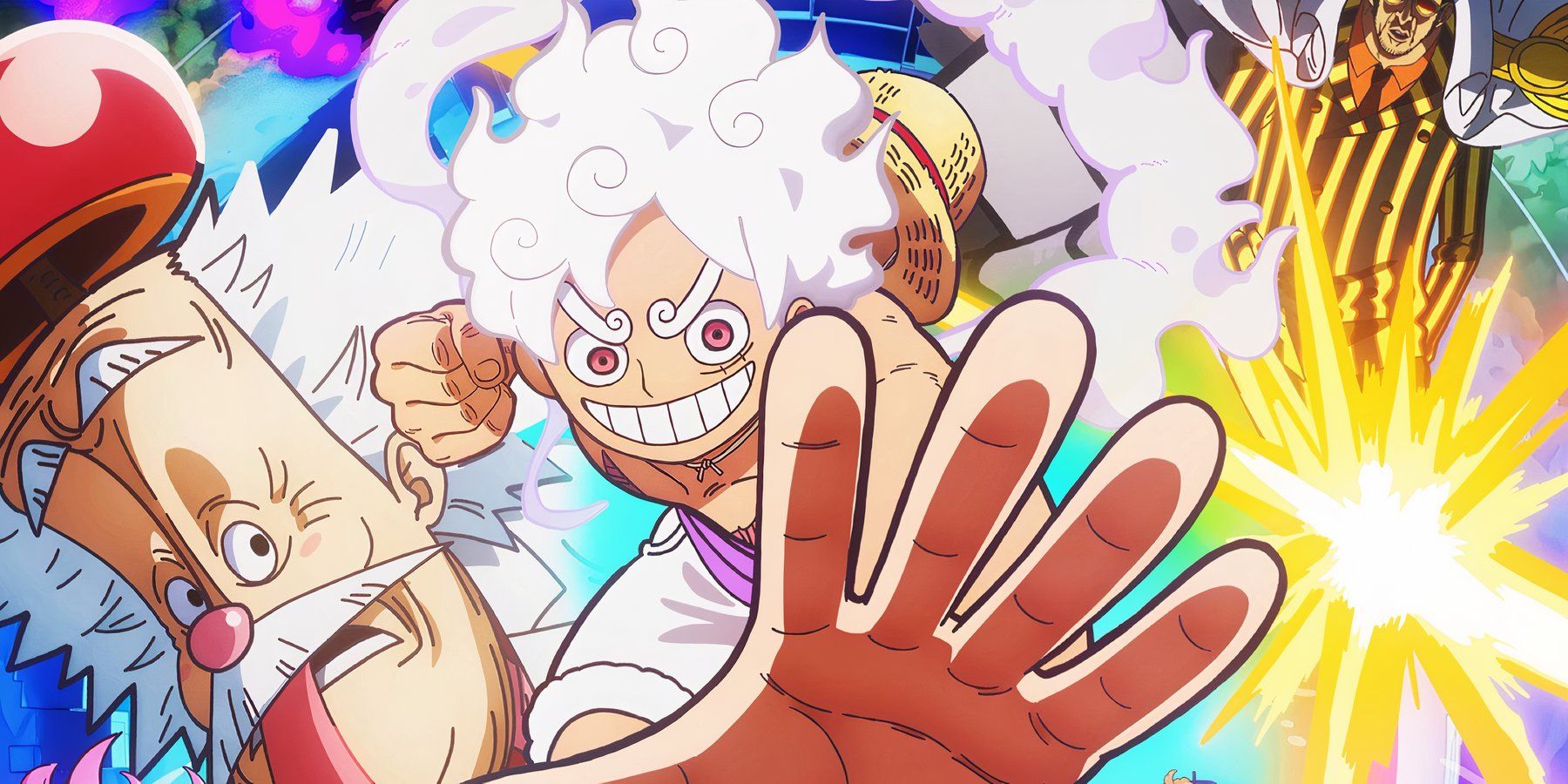
Related
One Piece Anime Drops A Major Update Ahead Of April 2025 Return
One Piece’s return edges closer. Here’s a major announcement for the series.
The Big 3 Are Iconic Classics Of Anime History
Some Fans Feel They Need To Be Replaced
As many fans know, the Big 3 refers to three of the largest anime and most popular anime to ever be released; One Piece, Naruto, and Bleach. While many fans are willing to argue about the quality of these shows, with some believing that they aren’t as good as some modern anime, like the new show Dandadan, these shows were quintessential in making anime popular in other countries. Due to their overall worldwide popularity and incredible length, these 2000s anime have come to be known as the Big 3.
If you don’t take risks, you can’t create a future. – Luffy
However, some fans feel that there are more anime that deserve a spot in the group of the Big 3. Shows like the recently ended My Hero Academia, Jujutsu Kaisen, and Demon Slayer are all shows that deserve a spot beside anime titans like One Piece or Bleach. For this reason, whenever a new show is released, fans and reviewers alike will refer to it as, “the new Big 3 anime,” or something along those lines.
The Big 3 Is About Popularity Not Quality
These Shows Helped Make Anime Popular In The West
- The Big 3 Have To Do With Popularity Not Quality
- These Anime Also Made Anime Bigger In The West
Conceptually, at its core, this concept of having a new Anime Big 3 doesn’t make much sense with the modern-day culture of anime. While back then, it made sense to classify the main three anime that most people were watching in a group, now that the hobby is more widespread, trying to pick three out of the sheer number of high-quality shows out there is nearly an impossible task. Anime is now more popular than ever. Picking a new Big 3 is a disservice to all the excellent shows out there.

Related
New Naruto Anime Might Be Coming Out In 2025
Naruto is getting a new anime. Here’s everything we know about it.
Additionally, for One Piece, Naruto, and the action-filled anime, Bleach, being a member of the Big 3 meant nothing about their overall quality. While each of these shows is good in its own right, the idea of the Big 3 was more focused on how popular they were and how they made anime more mainstream. For a new Big 3 to be a thing, the new Big 3 anime will have to change the landscape of anime in some meaningful way. Overall, to be a member of the Big 3, simply being an amazing show isn’t enough.
The Big 3 Is Just A Colloquial Term
This Term is Personal To Different Fans And Has No Set Meaning
However, of course, the Big 3 anime of the 2000s is a colloquial classification for these series and is often used by fans to pay homage to how popular these franchises truly are. The Big 3 isn’t an official term at its core, meaning that outside of the eyes of Western fans, it really never existed officially in the first place. Due to this, although fans can use the term to describe what they personally believe is the new Big 3, in the end, the entire concept of the Big 3 really is just a very specific set of classifications.
Overall, anime doesn’t always need a Big 3. The timeless stories of One Piece, Naruto, and Bleach are classified as the Big 3 mainly back when anime was more of a niche hobby for Western audiences. Nowadays, using a term like the Big 3 to describe the best anime and manga of a generation seems largely restrictive to the amount of high-quality shows that are released every year.
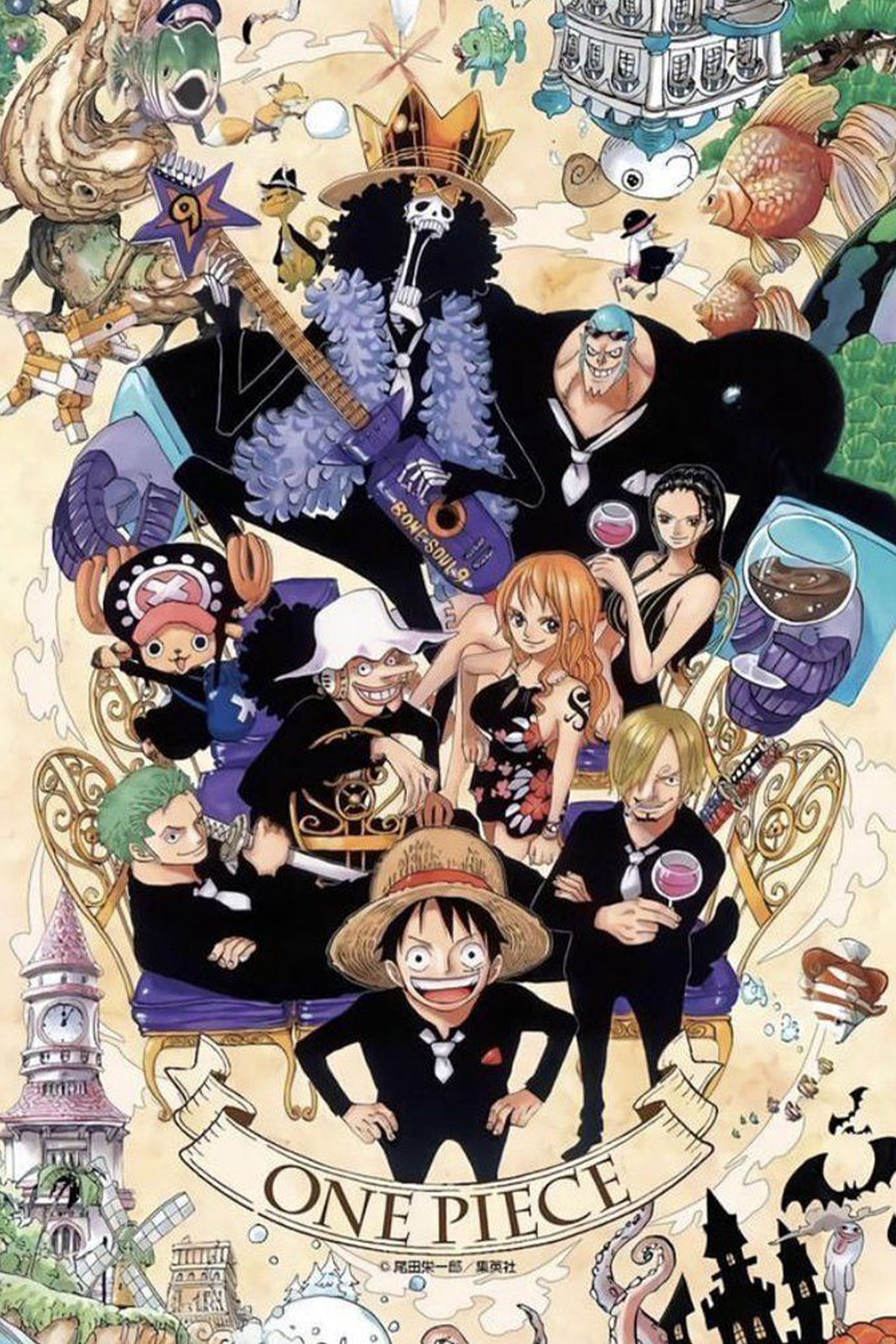
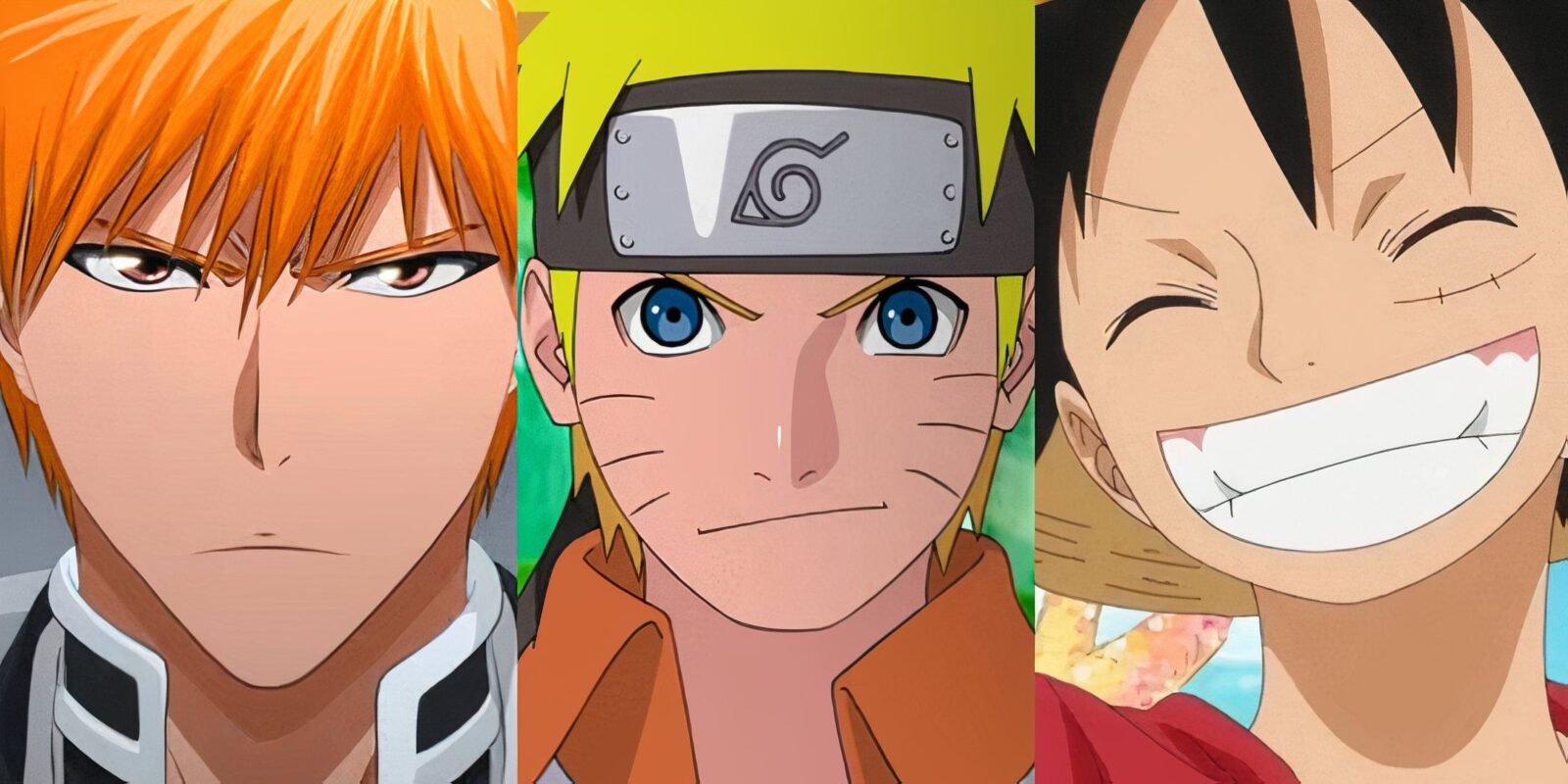


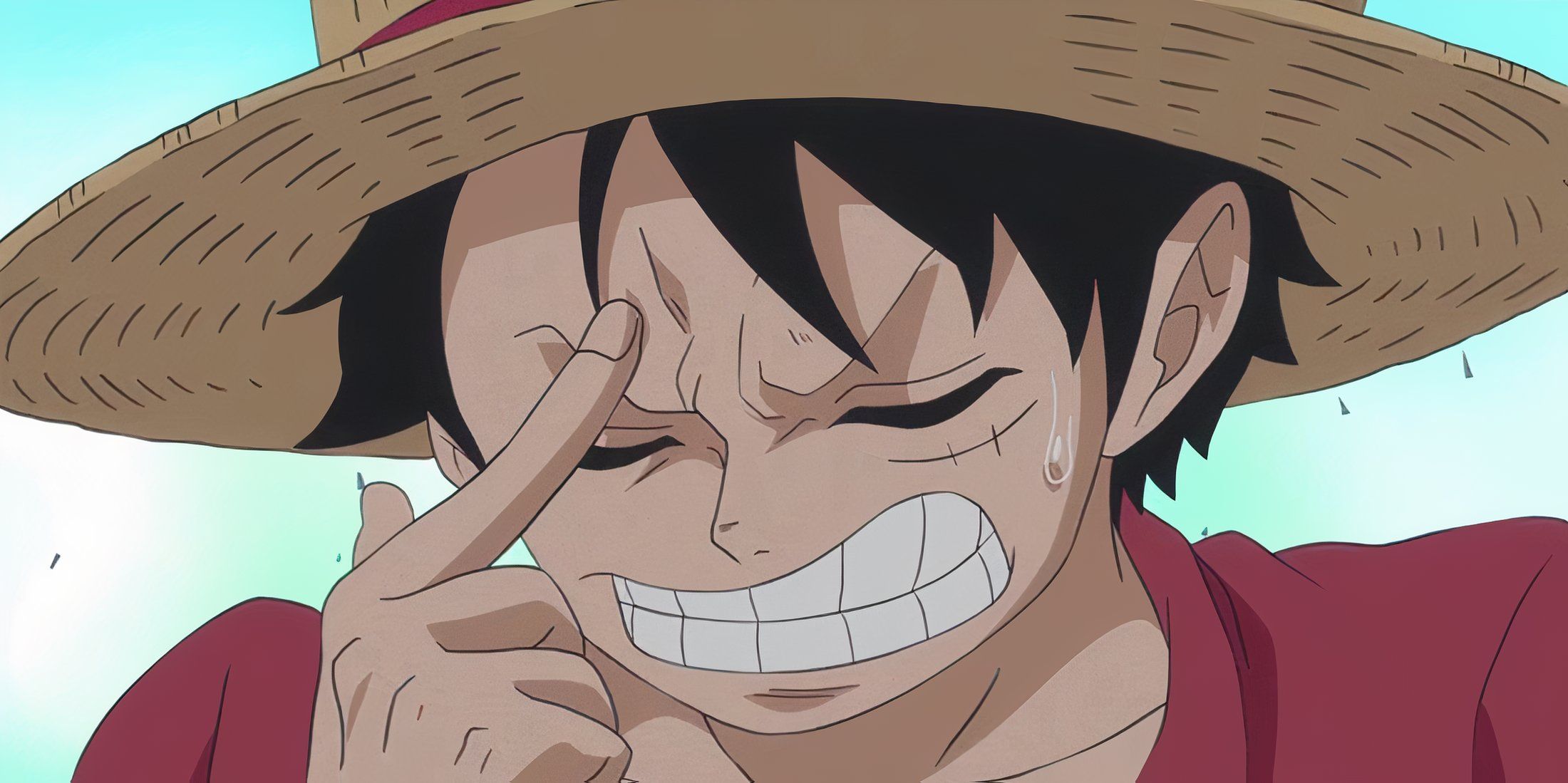




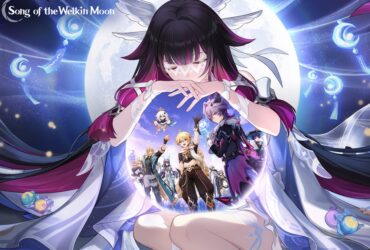

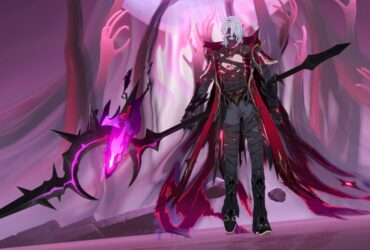
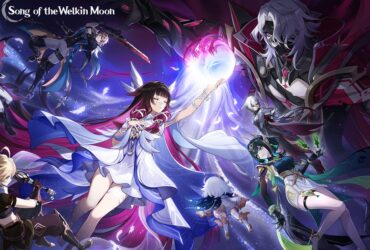

Leave a Reply